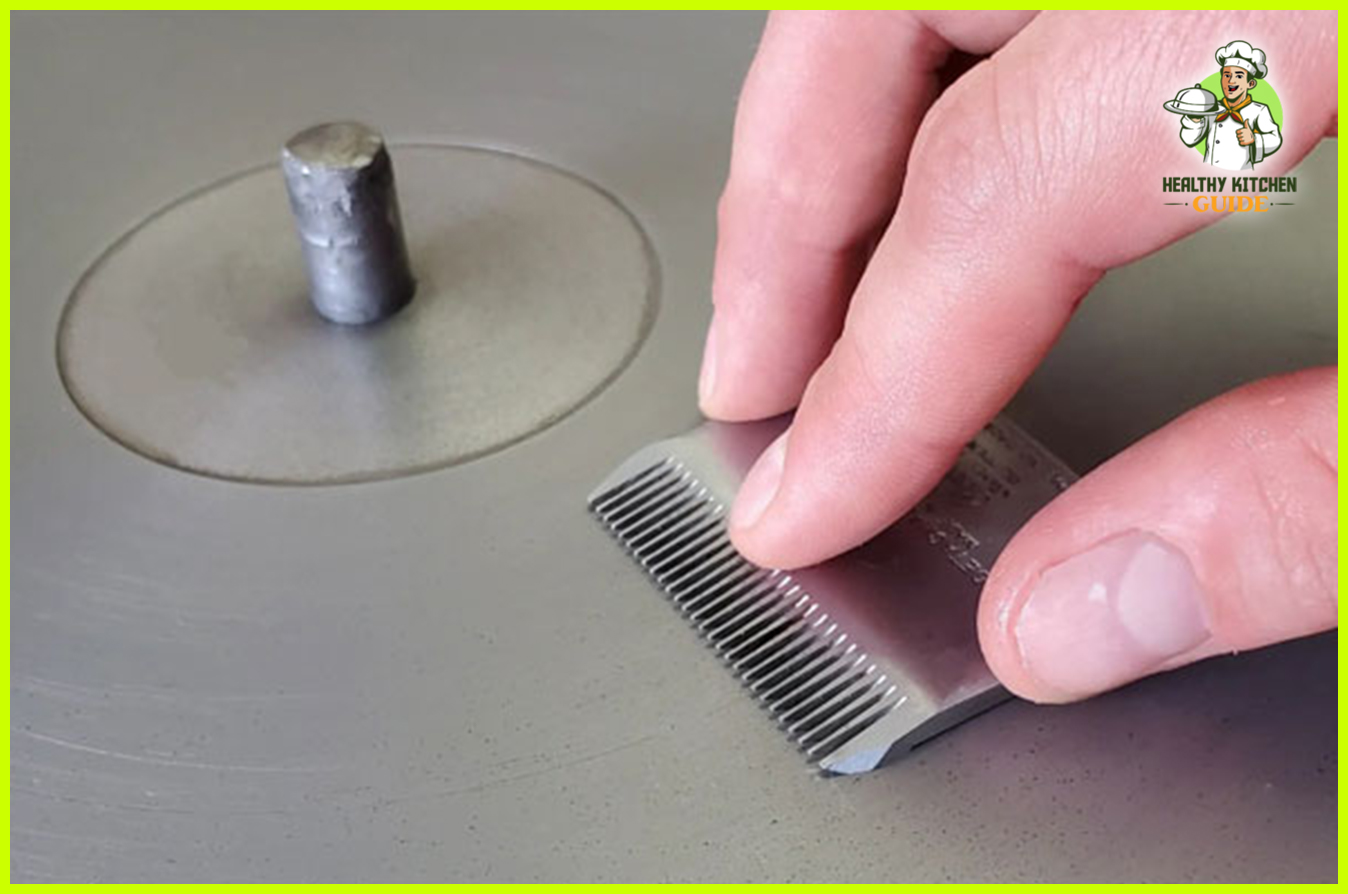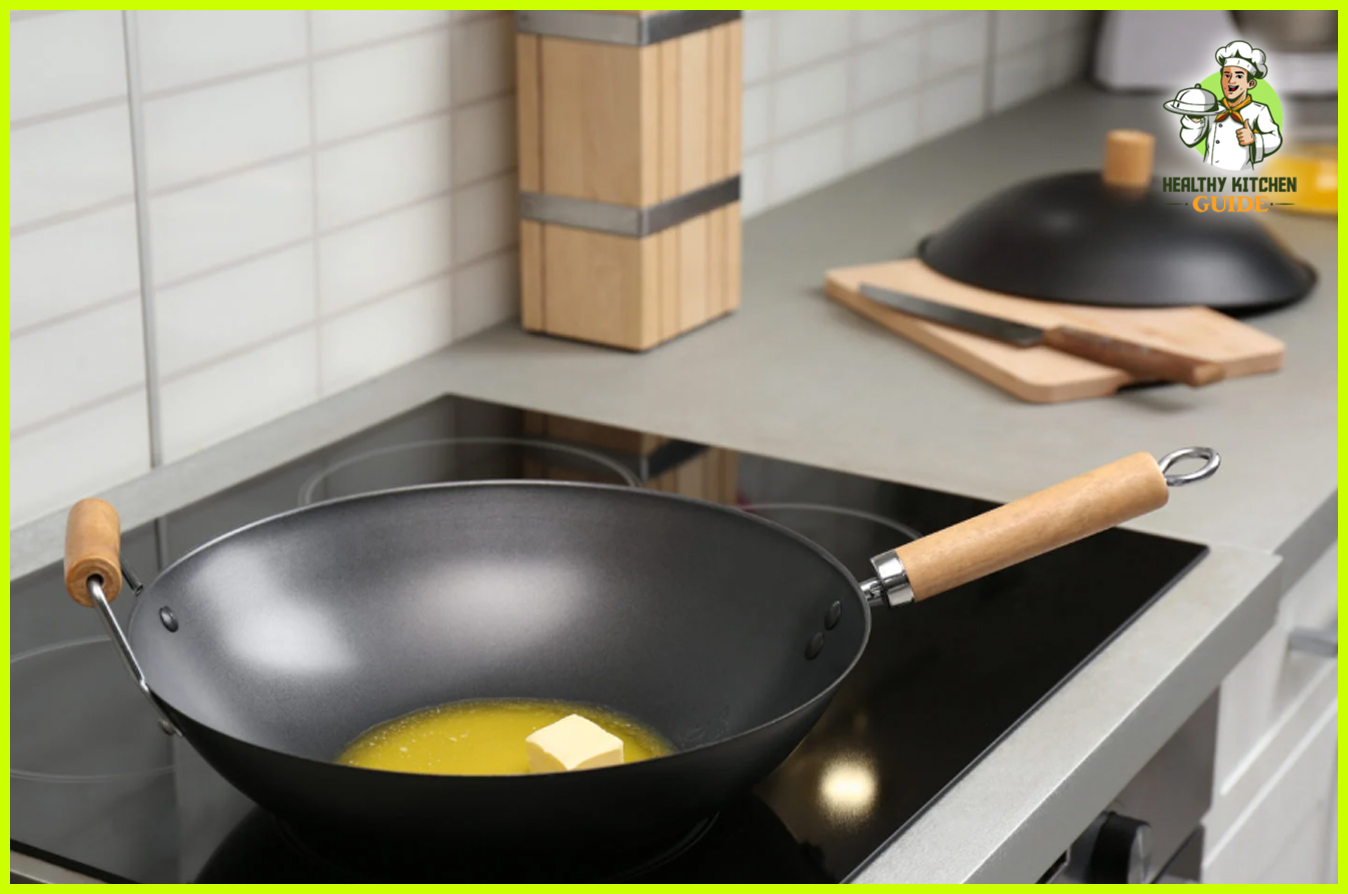Ceramic knives can be sharpened using a ceramic sharpening rod or a diamond-coated sharpening stone. Ceramics knives require special tools for sharpening due to their hardness and fragility.
Ceramic knives have gained popularity in the kitchen due to their sharpness and durability. However, like any other knife, they require occasional sharpening to maintain their cutting edge. Unlike traditional steel knives, ceramic knives cannot be sharpened using a regular steel honing rod.
The hardness and brittleness of ceramic blades demand specific tools for sharpening. This article will provide you with insights on how to sharpen ceramic knives effectively. By following the recommended techniques, you can enhance the longevity and efficiency of your ceramic knife, ensuring precise and effortless cuts every time you step into the kitchen.
Why Sharpness Matters
Having a sharp ceramic knife is essential for any chef or home cook. The sharpness of a knife affects not only the ease of cutting but also the overall efficiency and safety of the task at hand. When a ceramic knife is sharp, it glides effortlessly through food, reducing the risk of slips and accidents. Moreover, a sharp knife ensures precision and control, allowing for more precise cuts and slices.
Maintaining the sharpness of ceramic knives also comes with numerous benefits. Firstly, a sharp blade requires less force to cut, reducing strain on your wrist and making the cutting process more comfortable. Secondly, a sharp knife minimizes damage to the food being cut, preserving its texture and appearance. Lastly, a well-sharpened knife lasts longer as it reduces the chances of accidental chipping or breaking caused by excessive force.
To maintain the razor-sharp edge of a ceramic knife, regular honing and occasional sharpening are necessary. Honing realigns the microscopic burrs on the blade’s edge, while sharpening removes a small amount of material to restore the blade’s original sharpness. With proper care and maintenance, you can enjoy the benefits of a sharp ceramic knife every time you step into the kitchen.
Understanding Ceramic Knives
Ceramic knives are gaining popularity in the kitchen due to their many characteristics and advantages. With a blade made of zirconia, a ceramic material known for its hardness, these knives offer exceptional sharpness and durability.
One key advantage of ceramic knives is their ability to retain their sharpness for a longer period compared to traditional steel knives. The hardness of the blade also allows for precise and clean cuts, making them an excellent choice for slicing fruits, vegetables, and boneless meats.
Ceramic knives are also lightweight and have a comfortable handle, making them easy to maneuver during food preparation. Additionally, the non-reactive material prevents any transfer of metallic ions or odors to the food, ensuring the original taste and freshness.
Characteristics And Advantages Of Ceramic Knives:
- Exceptional sharpness and durability
- Retain sharpness for a longer period compared to steel knives
- Precise and clean cuts
- Lightweight and easy to maneuver
- Non-reactive material prevents transfer of metallic ions or odors to the food
Care And Maintenance Tips For Ceramic Knives:
- Avoid using on hard surfaces, bones, or frozen food to prevent chipping.
- Hand wash with mild detergent and avoid abrasive cleaners.
- Store knives separately or use blade guards to prevent chips and nicks.
- Avoid twisting or bending the blade to maintain its strength.
Signs It’s Time To Sharpen
Identifying dull ceramic blades:
Dull ceramic blades can be identified by several key indicators. First, pay attention to the knife’s cutting performance. If you notice that the blade is gradually becoming less effective at slicing through foods, it may be time for a sharpening. Another sign to look for is increased effort required during cutting, as a dull blade can put unnecessary strain on your hand. Additionally, inspect the blade’s edge for chips or visible dullness. Areas of the blade that appear rough or worn are indications that it needs sharpening.
Common causes of blade dullness:
Understanding the common causes of blade dullness can help prevent it from occurring frequently. One cause is improper cutting techniques, such as twisting or prying with the blade, which can quickly wear down the edge. Another culprit is using the knife on hard surfaces like ceramic or glass cutting boards, which can cause the blade to chip. Finally, regular use without proper maintenance, such as honing or sharpening, can lead to gradual dulling over time.
Tools And Materials Required
When it comes to sharpening ceramic knives, there are some essential tools and materials that you will need to achieve the best results. These tools include:
- A diamond sharpening rod: This is one of the most important tools for sharpening ceramic knives. It has a fine grit surface that helps smooth out the blade’s edge.
- A ceramic sharpening stone: This stone is specifically designed to sharpen ceramic knives. It has a coarse and fine side, allowing you to adjust the level of sharpness.
- A honing rod: This tool helps to realign the blade’s edge and maintain its sharpness.
- A cleaning cloth: After sharpening your knife, it is important to wipe off any debris or residue to ensure a clean, sharp edge.
With these tools, you will be able to effectively sharpen your ceramic knife and enhance its cutting performance. Remember to follow the correct sharpening techniques to avoid any damage to your knife.
Preparing The Knife
Ceramic knives are a popular choice for their sharpness and durability. However, over time, even ceramic knives can become dull and require sharpening. Before starting the sharpening process, it is important to clean the knife thoroughly. Use a mild detergent and warm water to remove any debris or residue from the blade. Rinse the knife under running water and dry it with a soft cloth. This step is crucial as it ensures that the sharpening process is efficient and effective.
Once the knife is clean, it is important to ensure safety during the sharpening process. Always use a secure and stable surface to work on, such as a cutting board or a countertop. Avoid holding the knife in your hand while sharpening, as it can result in accidents. Instead, place the knife on the surface and use a sharpening tool specifically designed for ceramic knives. Follow the instructions provided with the sharpening tool and use gentle, even strokes along the edge of the blade.
Techniques For Sharpening Ceramic Knives
Angle selection plays a crucial role in optimal sharpening of ceramic knives. Assessing the blade condition is a vital first step to understand the extent of dullness or damage. To begin the step-by-step sharpening process, it is essential to choose the appropriate sharpening method based on the blade’s condition and your preference.
Ceramic knives can be sharpened using various techniques. One commonly used method is to use a diamond sharpener. Begin by placing the knife at the desired angle on the sharpener and apply minimal pressure. Gradually move the knife along the sharpener, maintaining the angle to achieve an even edge. Repeat this process on both sides of the blade until the desired sharpness is achieved.
Alternatively, you can also consider using a whetstone to sharpen ceramic knives. Place the sharpening stone on a stable surface and wet it before use. Hold the knife’s blade at the appropriate angle and apply consistent pressure while moving the blade across the stone in a sweeping motion. Repeat this process several times, alternating between sides, to ensure even sharpening.
Remember, there are alternatives to traditional sharpening methods as well. Some people opt for professional sharpening services or electric sharpeners. Whichever method you choose, ensuring the correct angle and using consistent pressure will greatly improve the sharpness of your ceramic knife.
Tips For A Razor-sharp Edge
When it comes to keeping your ceramic knife sharp, understanding the difference between honing and sharpening is crucial. Honing helps to restore the knife’s edge by realigning the microscopic metal fibers, making it appear sharper. Sharpening, on the other hand, removes material to create a new edge. Here are some tips:
| Honing | Sharpening |
|---|---|
| Use a honing rod or honing stone to maintain the edge regularly. | Consider using a diamond-coated sharpening stone or a ceramic sharpening wheel for efficient material removal. |
| Hone your knife at a 15 to 20-degree angle with light pressure. | Follow the manufacturer’s instructions for sharpening angle and technique. |
| Regular honing can extend the time between sharpening sessions. | Sharpen your knife only when necessary to preserve its lifespan. |
Additionally, here are some additional tips for maintaining a sharp edge on your ceramic knife:
- Avoid cutting on hard surfaces such as glass or ceramic, as it can dull the blade.
- Hand wash your knife rather than using a dishwasher to prevent unnecessary blade wear.
- Store your ceramic knife in a knife guard or sheath to protect the edge from accidental damage.
By following these tips, you can keep your ceramic knife sharp and ready for precision cutting.
Safety Precautions
Proper sharpening of a ceramic knife is essential to maintain its cutting performance and prolong its lifespan. However, it is crucial to prioritize safety precautions during this process. To protect yourself from potential injuries, it is recommended to use protective gear such as cut-resistant gloves and safety goggles. These items will shield your hands and eyes from any accidental slips or flying ceramic particles. When handling a sharpened ceramic knife, it is important to maintain a secure grip on the handle to prevent it from slipping out of your hand. This will reduce the risk of accidental cuts or injuries. Additionally, it is advised to work on a stable surface to ensure better control while sharpening. Always remember to keep your fingers away from the blade and exercise caution when using any sharpening tools. Following these safety precautions will help you sharpen your ceramic knife effectively and safely, ensuring a sharp and efficient cutting edge for your culinary tasks.
Frequently Asked Questions For Ceramic Knife How To Sharpen
How Often Should I Sharpen My Ceramic Knife?
It is recommended to sharpen your ceramic knife every 6 to 12 months, depending on your usage frequency.
What Is The Best Way To Sharpen A Ceramic Knife At Home?
The best way to sharpen a ceramic knife at home is by using a diamond sharpening stone specifically designed for ceramic knives.
Can I Use A Regular Knife Sharpener For Ceramic Knives?
No, regular knife sharpeners are not suitable for ceramic knives. You need a special diamond sharpening stone or a professional sharpener.
Are There Any Alternatives To Sharpening A Ceramic Knife?
Yes, you can send your ceramic knife to a professional knife sharpener or purchase an electric ceramic knife sharpener.
How Do I Know If My Ceramic Knife Needs To Be Sharpened?
If you notice that your ceramic knife is no longer cutting smoothly or is slipping, it is a sign that it needs to be sharpened.
Can I Sharpen A Chipped Ceramic Knife?
No, it is not recommended to sharpen a chipped ceramic knife. It is best to replace it with a new one for safety reasons.
Conclusion
To sum up, sharpening a ceramic knife is a straightforward process that requires a few simple steps. By using a diamond sharpening rod or a ceramic sharpening stone, you can restore the sharpness of your blade effectively. Remember to maintain a consistent angle, apply light pressure, and use smooth strokes when sharpening.
Regular maintenance and proper storage will help extend the lifespan of your ceramic knife, ensuring it remains a valuable tool in your kitchen for years to come. Sharpen with care and enjoy the precision and efficiency of a razor-sharp ceramic knife.




Leave a Reply